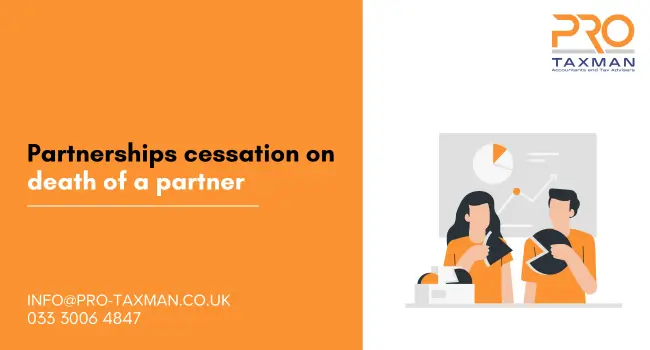Partnerships exist in either ordinary format or as limited liability partnerships (LLP).
An ordinary partnership is legally defined by the Partnership Act 1890 and is commonly chosen to set up a business to be owned by two or more sole traders. The partners share all the risks, costs and responsibilities, as well as the profits. The most important consequence is that each partner is jointly liable for the debts and obligations of the partnership as a whole without limit. Liability is joint in the case of contractual obligations (i.e. a claimant can sue the partnership and, if they win, each partner will be liable to pay their share of the debt) and joint and several for non-contractual agreements (meaning a claimant can sue either one or all the partners for the full amount of their claim).
LLPs have similar flexibility and tax status as ordinary partnerships but with the benefits of limited liability for each partner. Under an LLP, members are liable only for the amount of capital they each invested in the partnership and therefore they benefit from the same protection as a limited liability company. Limited Liability Partnerships can be tax advantageous in certain circumstances because the withdrawal of capital is more manageable than through a limited company. LLPs have to be registered with Companies House – ordinary partnerships do not.
The difference between the two types of partnership can also be found should one member die, resign or become bankrupt. The remaining partners may not be aware that, should this happen, an ordinary partnership will automatically be dissolved unless there is something in the partnership agreement that states otherwise (if there is one). Therefore, in practice, most partnerships will avoid unwanted termination by drafting their partnership agreement so that the partnership continues. If there is no agreement, the partners will either have to come to an agreement with regard to their exit or apply to the court for dissolution of the partnership. There must be at least two members to make a partnership; therefore, if only one partner remains the partnership is automatically dissolved.
With regard to the carrying back of losses under ‘terminal loss relief’, the income tax position of the partner’s estate will be the same as if a sole trader ceased trading- similarly with overlap relief (relevant for the tax year 2023/24 only).
If no partnership agreement is in place, on the death of a partner, the estate of the deceased person is entitled to the share of the profits made since death attributable to their share of the partnership, or to interest at 5% per annum on the value of their share until the share is paid out. The choice between which of the two the estate receives is down to the personal representatives.
Assets qualifying for capital allowances will be deemed to be disposed of and immediately reacquired at market value by the remaining partners. Balancing allowances may be claimed if the written-down value exceeds the market value.
Where a partnership owns an asset, on the death of one partner, the asset will pass to the other partners for no consideration (unless there has been a previous revaluation of the assets) when the original base cost of the asset is reallocated to the remaining partners. There will therefore be no disposal for capital gains tax purposes, and consequently no capital gains tax uplift.
For inheritance tax (IHT) purposes, the value of the partnership share forms part of the deceased’s estate but there will be no IHT charge as business property relief will apply.
Need professional accounting service or tax advice? Contact us to book a 15-min Free Consultation with us today.
To find out more please follow us on Facebook, Twitter, or LinkedIn. Feel free to contact us on 0333 006 4847 or request a call back by texting 075 6464 7474

